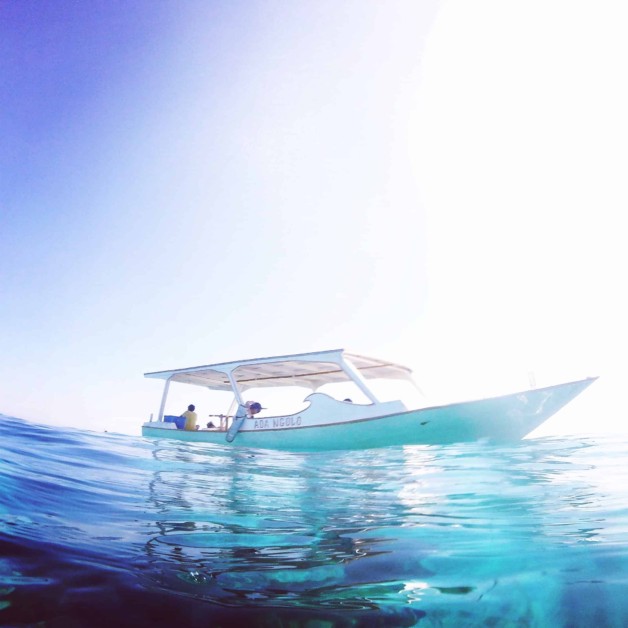
Top things to know about Gili Islands travel
Ramadan
On the island of Bali, Balinese Hinduism is the predominant religion, and you’ll notice its influence everywhere, from the architecture, floral offerings in front of homes, in art, and in temples. However, on the nearby Gili Islands, most residents are of the Islamic faith. This means if you visit during the holy month of Ramadan, you’ll probably find that some businesses and restaurants will be closed, or will keep abbreviated hours. This was a nice opportunity to learn more about a culture different than my own, as I haven’t much time in Islamic countries. I’d encourage you to see it as a unique opportunity, rather than an inconvenience.
I found some restaurants would open later in the evening, as families fast during the day and then eat together once the sun sets. I was also on the islands during the holy day of Eid, which is the celebration of the end of Ramadan. The holiday seemed to bring a really festive and happy feel to the island. This is also a day when many businesses on the islands close, with owners travelling to Lombok to spend the day with their families on the mainland.
There are also mosques on all three islands, and they use loudspeakers to broadcast their calls to prayer. You might get woken up really early by this, so consider bringing ear plugs, if you’re a light sleeper. Not at all related, but if the mosques don’t wake you, the roosters probably will.
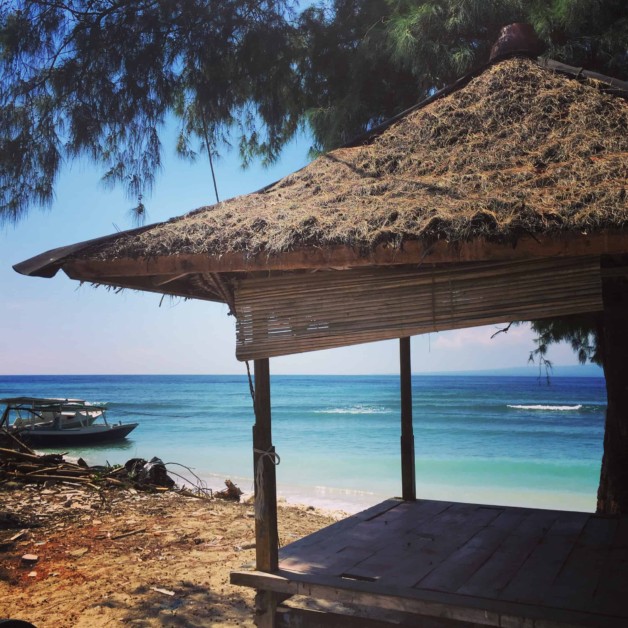
Bring water shoes
The beaches on the islands are insanely beautiful, with sparkling blue water that is literally irresistible. However, all that glitters isn’t gold, and in years past, local fisherman have made use of a technique called blast fishing. This technique uses explosives to stun and kill fish so they could be easily collected.
The explosions not only killed a lot of fish, but also broke up large amounts of coral and shells. While the technique is not used now, the broken shells remain and are all over the ocean floor and parts of the beach. This sadly also destroyed a lot of the shallow reefs, but they are starting to return, slowly. I wasn’t aware of this before arriving, and the aftermath of broken shells everywhere is pretty rough on your feet. Bring a pair of water shoes so you can enter and exit the water with less chances of injury.
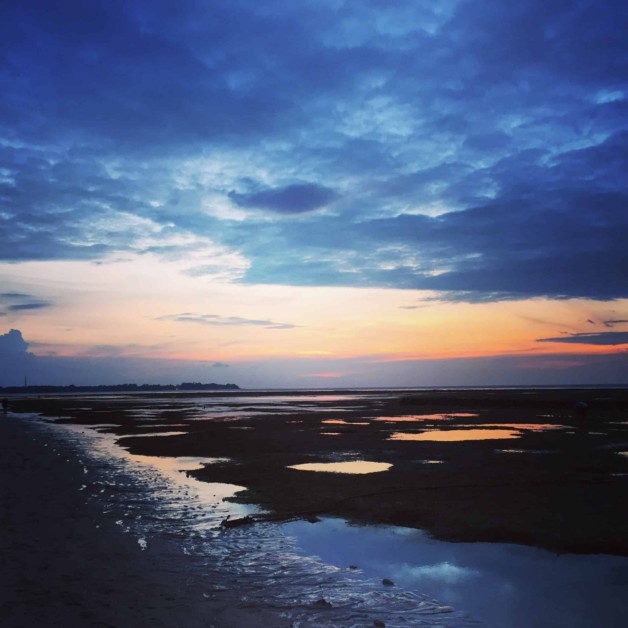
Tides
The beaches on the islands are massively tidal. The difference between low and high tide can be at least a hundred meters. This means the beaches may look completely different from morning and afternoon. At high tide, which is the best time for snorkeling, you will need to swim out a long way to immerse yourself in water deep enough to see coral and fish. There is a current though, so be careful. At low tide, you can walk out further and enter the water with less swimming required, but low water levels means sea urchins are exposed, as are more coral and shells. The urchins are easy to spot, being black and spiky. They’re also apparently really painful, so I tended to avoid swimming at low tide. My encounter with a jellyfish in Australia was enough of a maritime jolt for one lifetime.
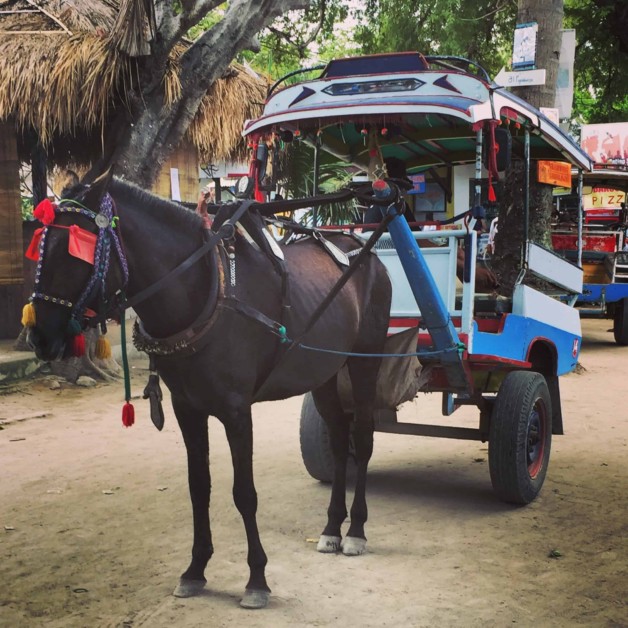
Transport
There is no motorised transport on the islands, which is a sweet relief after the chaos of the Bali roads. As the islands are small, you can easily walk everywhere, or hire bicycles to get around. However, you will also see local horses and carts being offered by locals to take you to your hotel, especially near the ferry docks. Called ‘cidomos’, the animals didn’t appear to be treated well. I saw a lot of thin and run-down looking animals working long days in a very hot climate. I appreciate this is an important source of income for local residents, but personally it is not a business I would support.
The sight of these horses can be pretty confronting. However, groups like the Gili Eco Trust are working with visiting Australian veterinarians to run clinics and raise the standards of care for animals on the islands, which is a positive step forward.
Cats
All over the islands, you’ll notice there are a lot of unusual-looking cats roaming wild. They all have stumpy tails, which is a result of a genetic mutation. They turn up everywhere, try to steal food off your plate, and are either creepy or endearing, depending on how you feel about cats. Check out the Cats of Gili for more information about these guys. There’s no rabies on the islands, but if a cat scratches or bites you, probably best to head to the health clinic to avoid infection.
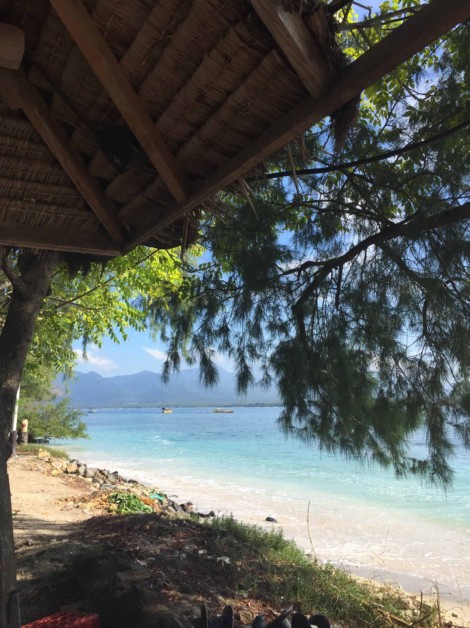
Ferry safety
I’ve written in-depth here on my ferry experience to and from the islands. Indonesian ferry safety standards can vary widely, and they don’t often run to time. I’d recommend doing a lot of research as to the best ferry operator (BlueWater Express seems to be mentioned often as a reputable provider). Leave plenty of travel time, since the journey will probably take longer than you think.
Dive Shops
If you’re into diving, you’ll find dive shops all over the islands. They cater from complete beginners to advanced technical dives. At least on Gili Air, all the dive shops have joined together on a price agreement. This means you will pay the same fees at each shop, whether you are looking for a PADI certification course or just a one-off dive . It’s a refreshing change from the omnipresent bargaining of Indonesia. I went with Blue Marine, on Gili Air, and found them professional and friendly. However, that’s not to say other providers aren’t of similar standard. As always, do your research and read reviews before deciding.
Snorkel trips
Snorkeling is popular on the Gilis, for good reason. Sea turtles, corals, and a huge array of tropical fish can be found just off the beach, making snorkel trips accessible for just about anyone. If you’re not confident in the water, or don’t want to venture out from shore, consider a snorkel boat tour. I found a small operator called Ada Ngolo, I think for the coast of $10 AUD. We set out around 9am and returned about 2pm, and included 3 or 4 snorkel sites. We also stopped on Gili Meno for lunch. The crew, two lovely guys, were knowledgeable and even went snorkeling with us. You’ll see signs pointing to their shop along the east side of the island.

If you want to go for a snorkel just off-shore, the whole east side of the island is fantastic. Just pick a patch of sand that is calling your name and jump in. (The east coast is the more sheltered side of the island. This means calmer water and more opportunities for coral to thrive in a more protected environment.) Either bring your own snorkel and mask, or they can be rented from most of the local shops for a low cost.
My last tip: These islands are extremely tiny, and have become extremely popular with tourism in recent years. Try to be as eco-friendly as you can, keeping in mind you are on a tiny island with very limited resources. Recycle and refill your water bottles, take everything off the island that you bring onto it, and pick up rubbish if you see it. If everyone does a little bit, these unique islands can stay special and protected for years to come.
Have you been to the Gili Islands? If so, would love to hear your tips for other visitors!
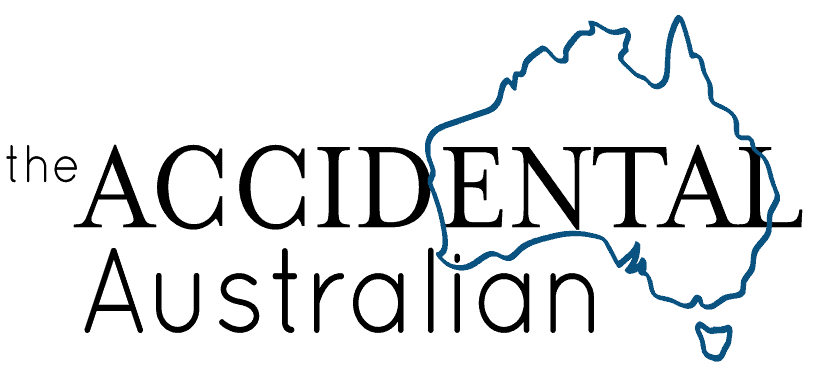
Thanks for the tips. Pretty pictures.
Those islands look beautiful and I have them on the bucket list. Thanks for the tips. The snorkelling would be my first activity for sure since I love seeing sea turtles! I would also love the cats as long as they don’t bite 🙂
Thanks! Yes, the snorkelling was amazing there…but the cats were a bit creepy!
I would definitely want to go snorkeling in Gili Island. I heard its really pretty. THanks for the tips, it will definitely prepare me for my trip.
These are some great insight into the island of Gili for people looking to visit it. The information about broken shells and tides is really helpful. We would love to explore snorkelling options on the island.
Thanks! Am happy to help if you have any questions 🙂
I wish I was able to visit Gili Islands during my recent trip to Indonesia. I’ve been seeing so many beautiful pics from this place. Thanks for the great insight!